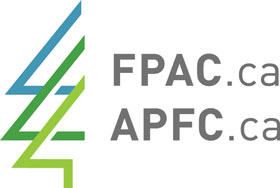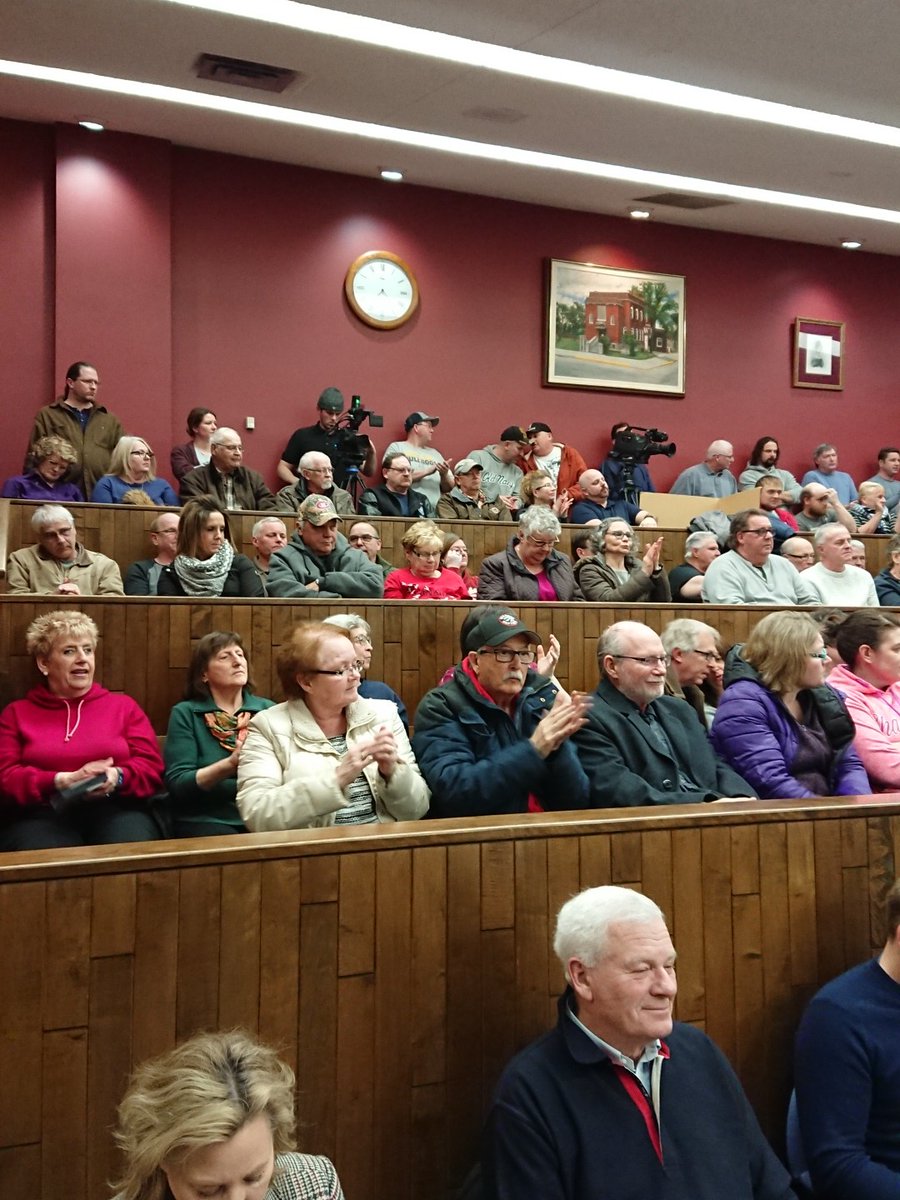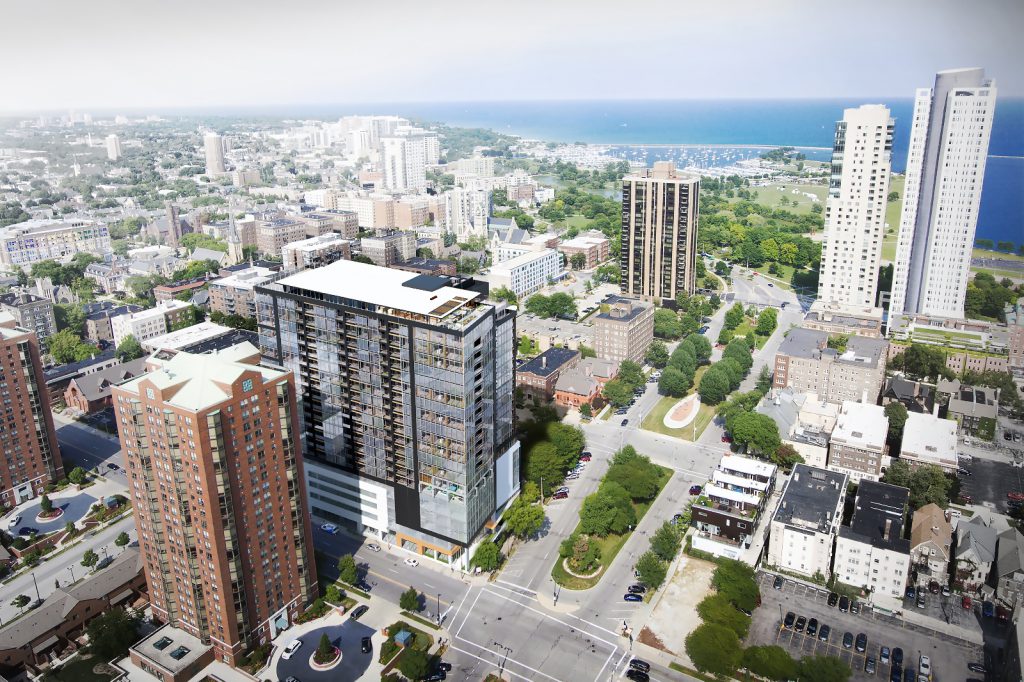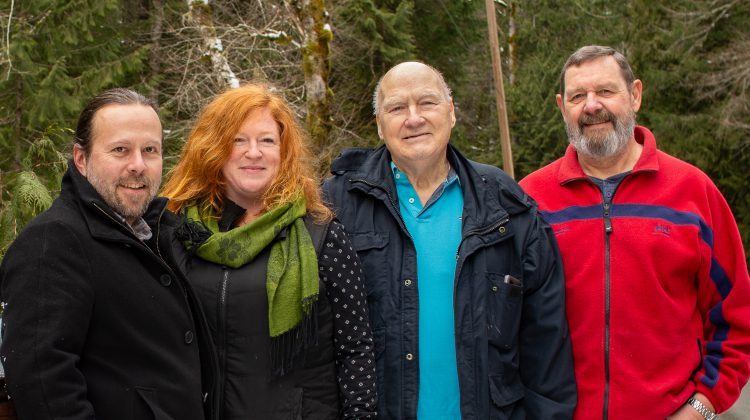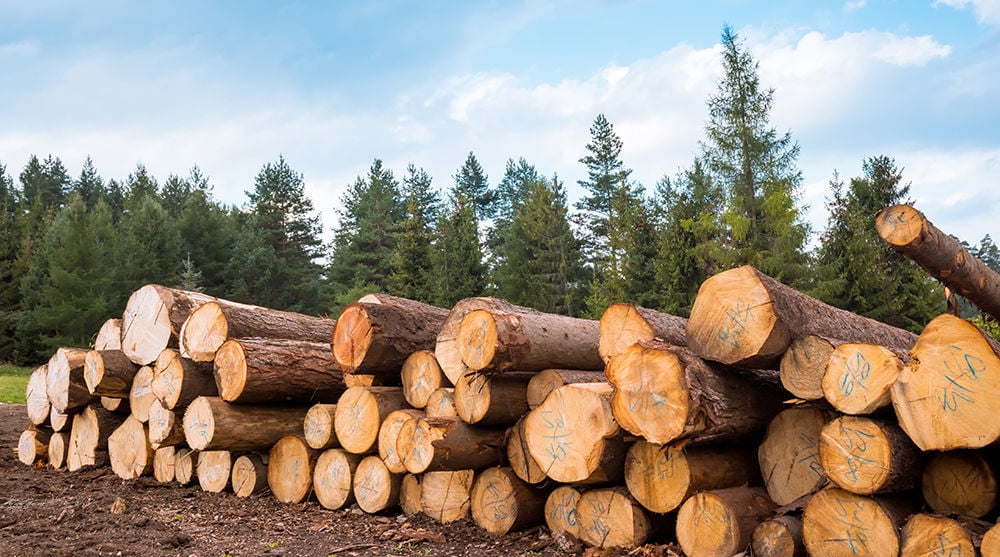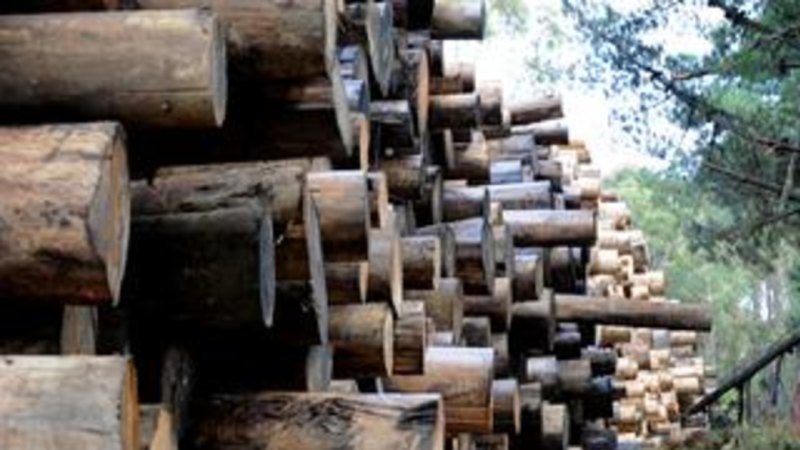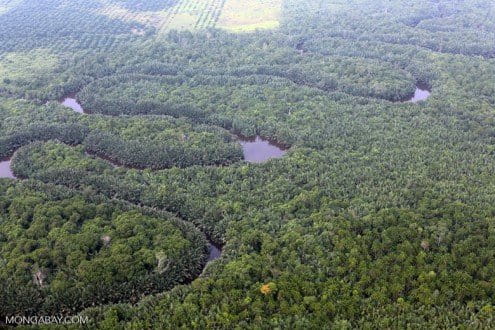 North America has a “tree-to-toilet” problem, according to the NRDC and its over-use is contributing to climate change and habitat destruction. In related news: the Nature Conservancy says agreement on how many trees it takes to make a forest can help end deforestation; Denmark’s forest floors are showing evidence of species depletion; and Norway pays Indonesia to preserve its tropical rainforests.
North America has a “tree-to-toilet” problem, according to the NRDC and its over-use is contributing to climate change and habitat destruction. In related news: the Nature Conservancy says agreement on how many trees it takes to make a forest can help end deforestation; Denmark’s forest floors are showing evidence of species depletion; and Norway pays Indonesia to preserve its tropical rainforests.
In other news: plans for the tallest wood building in North America are okayed in Milwaukee; Sidewalk lab’s approach to financing its [tall wood] neighbourhood plan in Toronto is questioned; BC allocates more funding for wildfire response; Forests Ontario says the province needs more trees; and the Town of Fort Frances, Ontario rallies to save its mill.
Finally, FPAC announced its Awards of Excellence program while Georgia recognized forest land stewardship.
Kelly McCloskey, Tree Frog Editor



